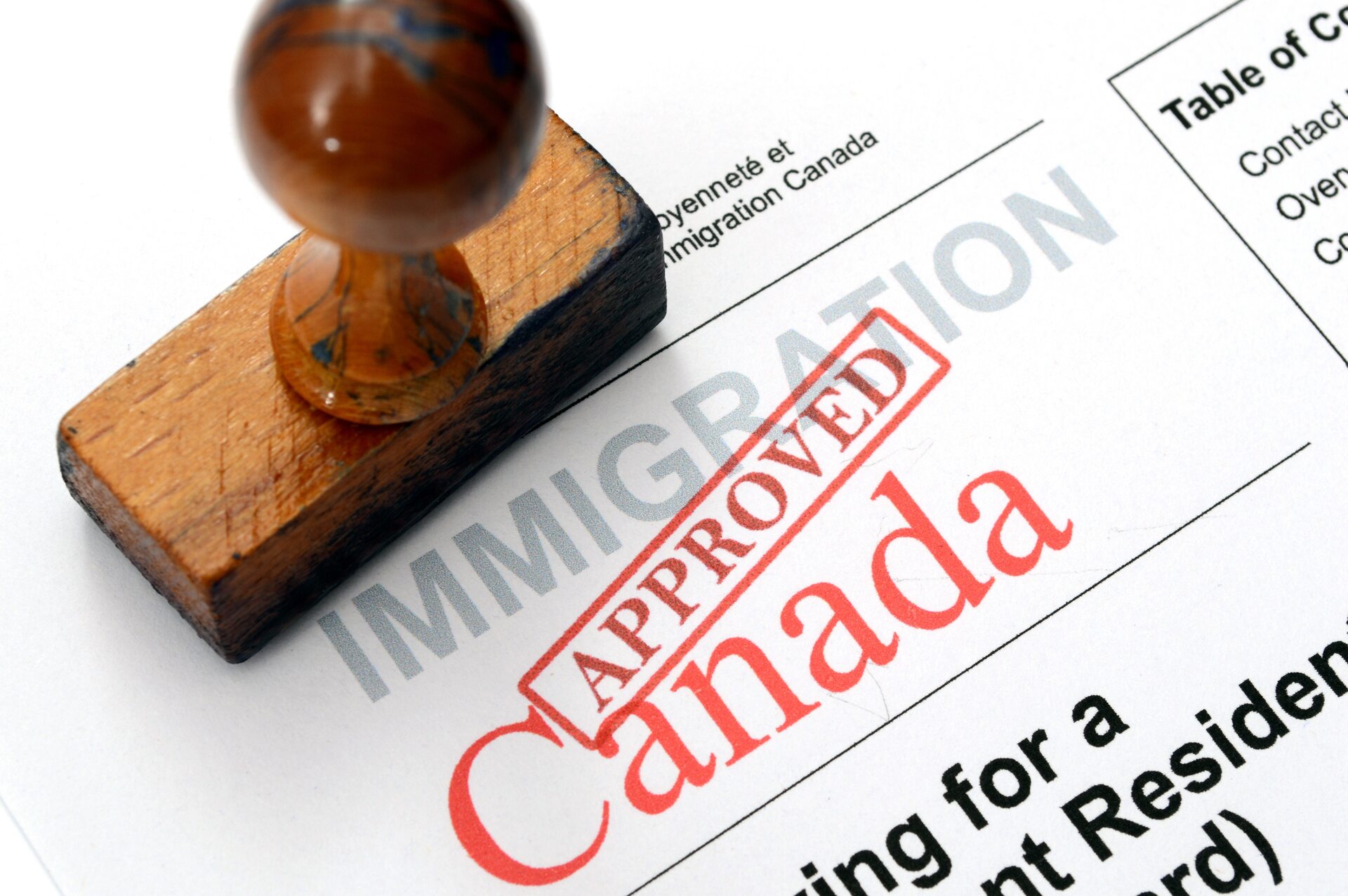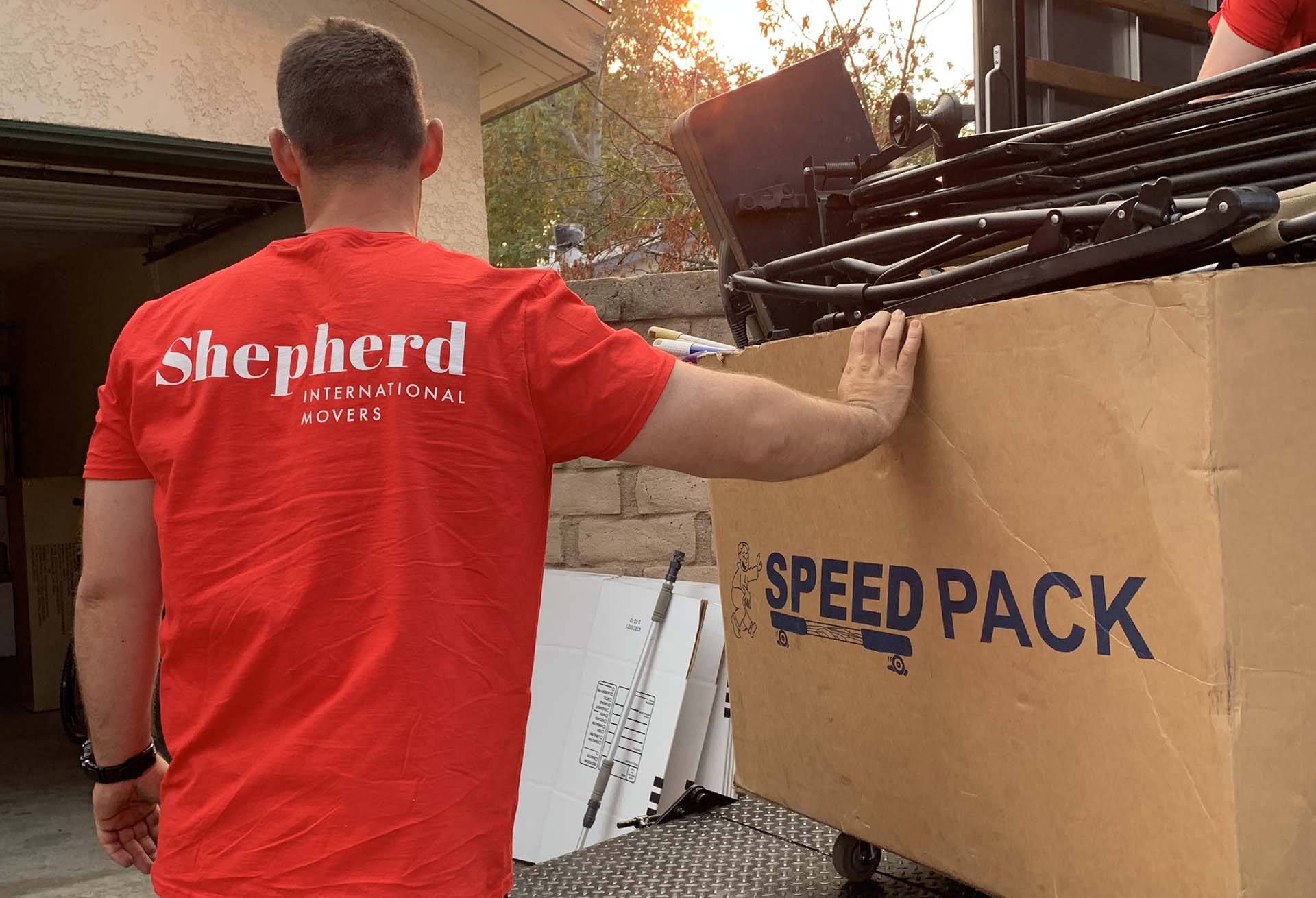

Moving to Canada with pets can be an exciting yet intricate task, as ensuring the well-being and comfort of furry or feathered companions throughout the journey is of utmost importance. From knowing the stringent regulations and documentation requirements to choosing the right transportation method and acclimating pets to their new Canadian home, this comprehensive guide will help you navigate the process smoothly.
Pet relocation to Canada involves import regulations, acclimating animals to travel and climate changes, securing pet-friendly housing, and accessing veterinary care. Legal considerations and local laws must be addressed. Hiring movers to handle packing while you focus on the pet’s well-being can simplify the process. Overall, a well-prepared and thoughtful approach ensures a smooth transition for both you and your furry companion.
Canada’s Pet Import Regulations
To successfully bring pets to Canada, it’s crucial to grasp the intricacies of Canadian pet regulations regarding import. These regulations are in place to safeguard Canadian animals and the public from potential health risks and diseases. Central to this is a detailed explanation of the Canadian Animal Health Import Requirements.
These requirements encompass a comprehensive set of rules and procedures that must be adhered to when bringing animals into Canada. They often involve mandatory vaccinations, pet health certificates, and other documentation to confirm that the animals are free from contagious illnesses.
Familiarizing yourself with these regulations is essential, and you can obtain the most up-to-date information from the Canadian Food Inspection Agency (CFIA), the authority responsible for overseeing the importation of animals into the country.
Specific Regulations for Dogs, Cats, and Exotic Animals
Canada’s pet import regulations are tailored to the unique needs and potential risks associated with different types of animals. For dogs and cats, one of the most critical requirements is typically an up-to-date rabies vaccination. Depending on your pet’s age and the region you are moving from, additional vaccinations and preventive measures may also be necessary.
Exotic animals, on the other hand, often face more stringent regulations due to their potential to carry diseases or pose ecological threats. These regulations may involve permits, quarantine periods, or even restrictions on certain species. It is essential to research and comply with these specific regulations for dogs, cats, and exotic animals, as failure to do so can result in delays, quarantine, or even the refusal of entry into Canada for your beloved animals.

Preparing the Pet for the Move
Before embarking on a journey of moving to Canada with beloved pets, it’s crucial to prepare them for the move. This preparation starts well before the moving day, and one essential aspect is ensuring that animals are in optimal health. Schedule a visit to the veterinarian for a thorough check-up, ensuring that all vaccinations are up-to-date and that the pet is free from any underlying health issues. Additionally, microchip pets and provide them with proper identification tags that include your Canadian contact information.
Tips for Acclimatizing Pets to Travel Crates
Pet travel crates can be a source of anxiety and stress for many animals. To ease this transition, it’s vital to acclimatize pets to their crates well in advance. Start by introducing the crate as a safe and comfortable space within the home. Leave the crate open and encourage pets to explore it voluntarily.
Gradually increase the amount of time pets spend inside the crate, providing positive reinforcement in the form of treats and toys. This gradual approach can help pets associate the crate with positive experiences, making them more comfortable during the actual journey. Additionally, make sure the crate is appropriately sized, well-ventilated, and secure to ensure pets’ safety and comfort during travel. If you’re planning on taking a dog to Canada, watch this video for advice on how to crate-train a dog.
Strategies for Reducing Stress and Anxiety in Pets During Travel
Travel can be stressful for pets, especially if it involves long flights or road trips, and moving can even be traumatic for them. To minimize their relocation anxiety, maintain their regular feeding and exercise routines as much as possible leading up to the move. Familiar scents, such as bedding or toys, can provide comfort during travel, so pack these as essential items in the pet’s crate. If your pets have specific dietary or medication needs, ensure you have an ample supply on hand.
During the journey, offer reassurance and comfort, but try to maintain a calm and composed demeanor yourself, as pets can pick up on your emotions. If traveling and moving by air, consult with the airline to learn their pet policies and ensure a smooth boarding process. By implementing these strategies, you can help reduce relocation stress and anxiety in pets during travel, making the move easier and more comfortable for them.

Recommendations for Pet-Friendly Airlines and Travel Options
When it comes to relocating with dogs, cats, or other animals, choosing the right airline and travel options can significantly impact their safety and comfort during the journey. It’s essential to research and select airlines known for their pet-friendly policies and services.
Some well-regarded airlines offer dedicated pet travel programs with trained staff who prioritize the well-being of furry companions. Additionally, take direct flights whenever possible, as this reduces the overall travel time and minimizes the chances of complications during layovers.
For smaller pets, cabin travel is often preferred, as they can stay with you in an airline-approved carrier under the seat in front of you. Larger animals may need to travel in the cargo hold, which requires careful planning to ensure their safety and comfort. Always check the specific requirements and restrictions of the chosen airline regarding pet travel. Some airlines have breed restrictions, weight limits, and seasonal embargoes, so it’s crucial to be well-informed and book well in advance.
How to Ensure a Safe and Comfortable Journey for Your Pet
To guarantee a safe move and comfortable journey for pets, meticulous planning and attention to detail are key. Begin by selecting the most appropriate travel option based on the pet’s size, breed, and individual needs. Consult the veterinarian for advice on sedation, if necessary, and ensure all required vaccinations and travel documentation are in order well before the travel date.
Invest in a high-quality, airline-approved pet carrier that provides ample space, proper ventilation, and security. Familiarize the pet with the carrier beforehand, making it a comfortable and familiar space. During the journey, provide access to water and ensure the pet’s comfort with familiar blankets or toys. Be sure to label the carrier with contact information, including a new Canadian address.
Once you arrive in Canada, prioritize pet’s acclimatization to their new environment. Gradually introduce them to the new home and surroundings, and maintain their regular routine as much as possible. Offering patience, love, and reassurance during this adjustment period will go a long way in ensuring a safe and comfortable experience for your animal as it settles in.

Settling in Canada With the Pet
Embarking on the journey of adjusting to a new home with an animal requires careful consideration and planning to ensure a harmonious transition for both you and the furry companion. The process involves finding pet-friendly housing, helping the pet adapt to the new environment and climate, and ensuring access to essential pet services in the chosen Canadian city.
Finding Pet-Friendly Housing in Canada
Finding pet-friendly housing in Canada is a critical initial step in ensuring a smooth transition. It provides a comfortable living environment where your furry companion can thrive. As you settle in, adjusting pet to the new environment and a different climate becomes essential, especially given the country’s diverse landscapes and weather conditions.
Gradual transitions and proper gear help with pet adaptation in Canada, ensuring their well-being. Moreover, Canada offers a well-developed network of veterinary care and essential animal services, making it easy to maintain pet’s health and happiness. This comprehensive support system allows you to address animal’s needs promptly and efficiently.
Legal Considerations and Compliance in Canada
As you settle into life in the Great White North, it’s imperative to be aware of and comply with the legal aspects and regulations that pertain to pet ownership. This involves pet licensing in Canada and registration requirements, which can vary between different provinces. Each province may have its own rules and procedures regarding animal ownership, and it’s crucial to research and adhere to these specific guidelines.
Additionally, familiarity with local pet laws and regulations, such as leash laws and noise ordinances, is essential to ensure you and your pet integrate seamlessly into the community while staying in compliance with Canadian law.

Hire Movers to Pack Up Your Home While You Are Handling Your Pet
When you’re relocating to a new home, particularly when it involves moving abroad, hiring professional movers to handle the packing services while you focus on your pets can be a wise decision. Moving internationally can be an incredibly stressful and time-consuming endeavor, and managing both the logistics of the move and the well-being of animals simultaneously can be overwhelming.
By hiring an experienced international moving company, you can alleviate a significant portion of the stress associated with the relocation process. Professional movers will handle all the heavy lifting and efficiently pack and transport all your belongings either by sea or air freight. It’s a practical approach that not only simplifies the process of moving overseas but also prioritizes the well-being of your furry companion, helping them settle into their new surroundings with minimal disruption and stress.
Embracing a Smooth Transition – Moving to Canada with Pets
In conclusion, moving to Canada with pets is a multifaceted process that requires careful planning and consideration. From import regulations to ensuring pet-friendly housing, acclimating your furry friend to a new environment, and complying with legal requirements, each step plays a vital role in a successful transition. Most importantly, having the right team to help you is crucial, so contact us and allow Shepherd International Movers to provide you with a seamless and efficient move.
FAQ
What Are the Most Important Health Certifications Needed for Pets?
The most important health certifications typically include up-to-date rabies vaccinations, a health certificate issued by a licensed veterinarian, and compliance with specific import requirements outlined by the Canadian Food Inspection Agency (CFIA).
How Can I Find a Pet-Friendly Airline for Travel to Canada?
Research airlines known for their pet-friendly policies and inquire about their international pet travel programs. Read reviews, check their specific pet policies, and book well in advance.
Are There Any Breed-Specific Regulations I Should Be Aware of in Canada?
Some Canadian provinces and municipalities may have breed-specific regulations, so research the local laws in your area. Pit bulls, for example, may face restrictions in certain locations.
What Steps Should I Take Upon Arrival in Canada With My Pet?
Upon arrival, ensure you have all required documentation ready, including vaccination records. Familiarize pets with their new home gradually, maintaining their routine and seeking local veterinary care if needed.
How Do I Find a Good Veterinarian in Canada?
When it comes to finding good Canadian veterinary services, ask for recommendations from locals and Canadian pet communities or use online directories to find reputable veterinarians in the area. Ensure they are licensed and experienced in pet care.
Can I Bring Exotic Pets to Canada?
Bringing exotic pets to Canada is possible, but it involves meeting stricter regulations, permits, and sometimes quarantine. Research the specific requirements for the specific exotic animal type.
What Are Some Common Challenges Pets Face in Adapting to Canada’s Climate?
Pets may face challenges adapting to Canada’s diverse climates, including cold winters in some regions. Proper gear, shelter, and acclimation are essential to ensure their comfort and safety.
Can I Take My Dog to Canada and What Should I Know About Bringing Dogs Into Canada?
If you’re wondering can I bring my dog to Canada and what do I need to take my dog to Canada, the answer is yes – you can take a dog to Canada, but ensure up-to-date rabies vaccinations, a health certificate, and follow CFIA’s import requirements. Be aware of breed-specific regulations, adapt the dog to the new environment, and meet any quarantine requirements if necessary.
Can I Bring My Cat to Canada?
Yes, you can bring a cat to Canada. Ensure that cat has up-to-date rabies vaccinations and a health certificate from a licensed veterinarian. Check the specific import requirements outlined by the Canadian Food Inspection Agency (CFIA) and comply with them. Upon arrival, help the cat adjust to the new environment and climate gradually.










